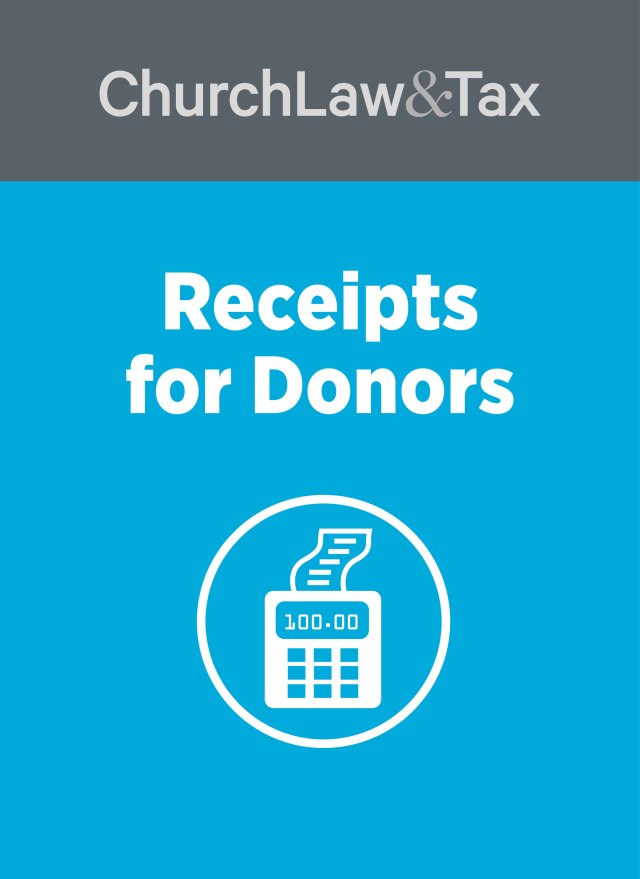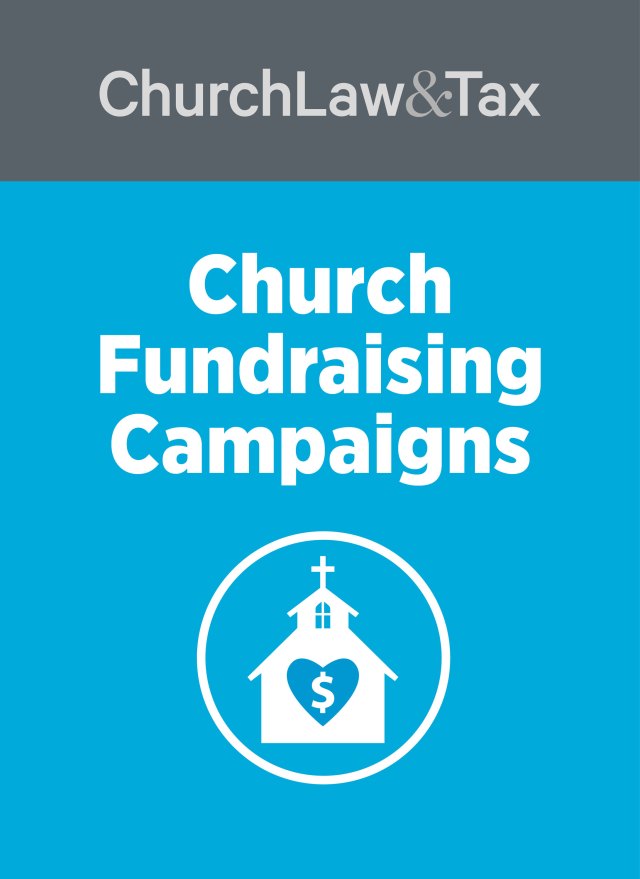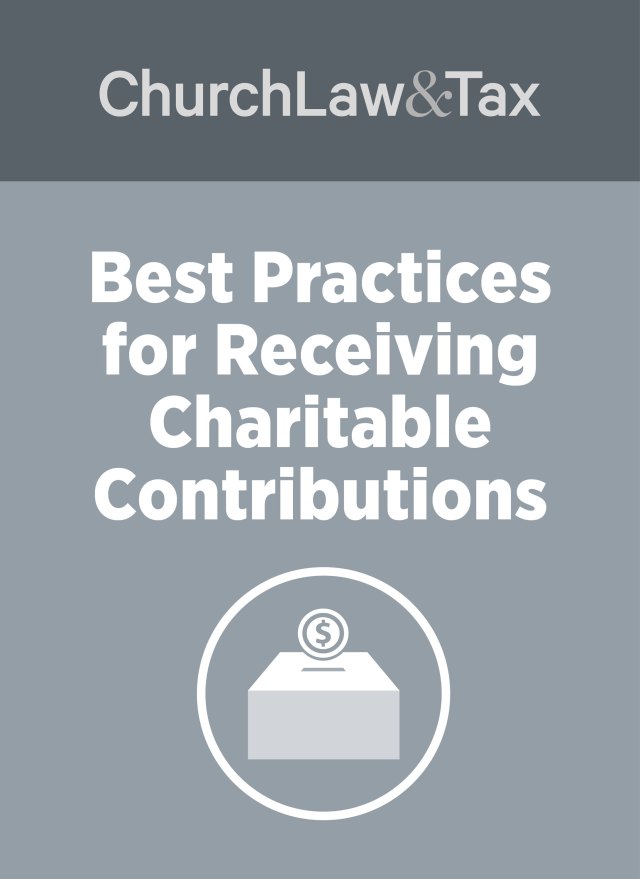Gomez v. Commissioner, T.C. Memo. 1999-94
Background. A donor claimed charitable contribution deductions totaling $26,000 on his 1993 tax return. The donor claimed that he had made contributions to two churches, and two church-affiliated colleges. The amount of the charitable contribution deduction was estimated by the donor and given to his tax return preparer who prepared his 1993 return. The donor did not maintain any documentation supporting the contributions claimed. The IRS audited the donor’s 1993 tax return, and allowed a charitable contribution deduction of only $1,300. The donor appealed to the Tax Court.
The Court’s decision. The Court began its opinion by noting that “deductions are a matter of legislative grace, and the taxpayer bears the burden of proving that he or she is entitled to the claimed deductions.”
The Court noted that in 1993 a donor could claim a charitable contribution deduction for cash contributions that were substantiated with any one or more of the following items:
(1) a canceled check
(2) a receipt, letter, or other communication from the charity acknowledging receipt of the contribution and showing its name, the date of the contribution, and the amount of the contribution, or
(3) in the absence of a canceled check or receipt from the charity, any other reliable written records showing the name of the charity and the date and amount of the contribution
Key point. These requirements still apply to individual cash contributions of less than $250. Since 1994, however, new substantiation requirements apply to cash contributions of $250 or more.
The Court noted that the taxpayer has the burden of proving entitlement to a charitable contribution deduction, and that the donor in this case did not meet this burden. It observed:
In this case, [the donor] did not substantiate the charitable contributions claimed on his 1993 return in excess of those allowed by [the IRS]. He kept no records regarding his 1993 contributions. In addition, his testimony regarding his charitable deductions was not credible. He testified at trial that he made a cash contribution of $5,000 to [his church] during a stewardship dinner in January 1993 and that the funds to make the contribution were withdrawn from his bank account at [a credit union] the day before the dinner. However, [the church] had no record of any charitable contribution, much less a substantial one, from the donor during 1993.
Similar claims were made concerning alleged contributions to [the other church and church-affiliated colleges]. The donor testified that he made a cash contribution of $5,000 to [one college] in November 1993 and a cash contribution of $5,000 to [another church] in December 1993. He also testified that, the day before each contribution was made, he withdrew the cash to make the contribution from his bank account at [the credit union]. However, [the college], one of the alleged donees, had no record of any charitable contribution, much less a substantial one, from the donor during 1993, and the record contains nothing to substantiate his testimony regarding the alleged $5,000 gift to [the second church]. We hold, therefore, that the donor has failed to prove that he is entitled to any charitable deduction for 1993 in excess of that allowed by the IRS.
Relevance to church treasurers. What is the relevance of this case to church treasurers? Consider the following:
1. The Court’s ruling applies to cash contributions of less than $250. It must be emphasized that this case was addressing contributions made in 1993—a year before the requirements for substantiating charitable contributions were overhauled by Congress. However, the pre-1994 substantiation rules applied by the Court still govern individual cash contributions of less than $250, and so the Court’s ruling provides helpful insights. The fact that the vast majority of individual contributions made to churches are for less than $250 underscores the relevance of the Court’s decision.
2. Substantiating individual cash contributions of less than $250. In order for donors to substantiate an individual cash contribution of less than $250 made to their church, they must maintain at least one of the three categories of documentation noted by the Court–a canceled check, a receipt or letter issued by the church, or “any other reliable written records” showing the name of the church and the date and amount of the contribution.
3. Evidence that is not sufficient. This case illustrates that some cash contributions of less than $250 to a church will be denied because of a lack of substantiation. The donor in this case maintained no canceled checks, and had no written receipt issued by any of the churches or colleges substantiating his alleged cash contributions of $26,000. In fact, two of the four charities that allegedly received contributions from the donor had no record of any contribution. In addition, the donor failed to produce bank records to substantiate his assertion that he withdrew funds the day before he made large contributions to the charities in question.
Tip. Most cash donations to churches are for less than $250. Such contributions must be substantiated with any of the three kinds of records mentioned by the Court in its decision. One of those methods of substantiation is with a receipt, letter, or other communication from the charity acknowledging receipt of the contribution and showing its name, the date of the contribution, and the amount of the contribution. Churches can help to ensure the deductibility of such contributions by issuing timely receipts or contribution summaries to donors.
4. Penalties. The Court upheld the assessment of penalties against the donor by the IRS. Code section 6662 authorizes the imposition of a 20-percent penalty on the portion of an underpayment of tax attributable to negligence or disregard of rules or regulations. For purposes of section 6662, the term “negligence” includes any failure to make a reasonable attempt to comply with the provisions of the tax code. Negligence also includes any failure by the taxpayer to keep adequate books and records or to substantiate items properly. The term “disregard” includes any careless, reckless, or intentional disregard. The Court concluded that the donor in this case “did not make a reasonable effort to comply with the requirements of the code or the regulations” and “failed to maintain any records sufficient to support entitlement to the deductions claimed. Failure to maintain documentation in support of claimed deductions has been held to constitute negligence or disregard of rules or regulations for purposes of [the negligence penalty]. We conclude, therefore, that the donor is liable for the accuracy-related penalty under section 6662.”
Need more information? Chapter 7 of Richard Hammar’s 1999 Church and Clergy Tax Guide addresses all of the charitable contribution substantiation rules in detail, with many helpful examples, tables, and forms.




